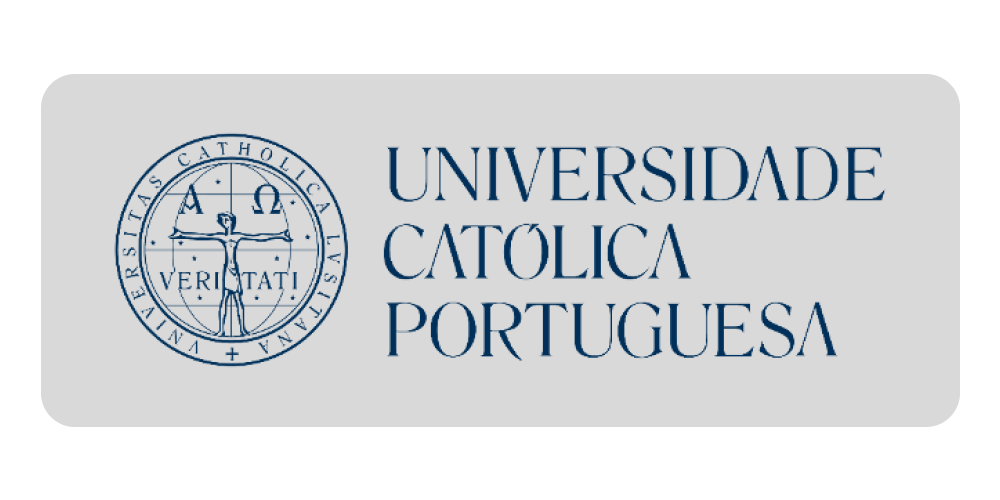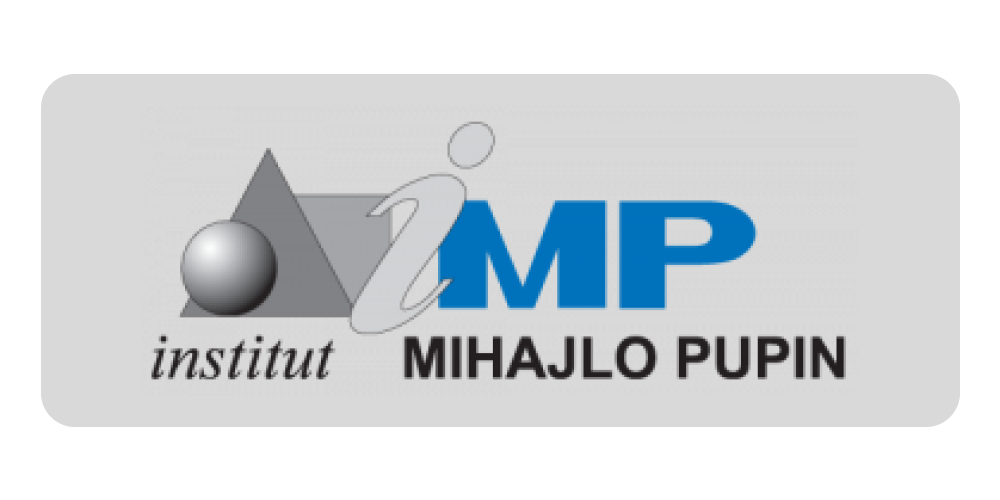University Library in Kragujevac
The importance of crop sequence for maize productivity
2021
Prednosti tropoljnog i četvoropoljnog plodoreda u odnosu na dvopoljni
su smanjena učestalost obrade zemljišta i time ušteda u energentima, manji unos
mineralnih azotnih đubriva i količine primenjenih herbicida. Istraživanja su imala za
cilj da ukažu na značaj pravilne smene useva u tropoljnom plodoredu i uporede
prednosti gajenja kukuruza nakon ozime pšenice ili soje u pogledu smanjenja
zakorovljenosti, formiranja žetvenog indeksa i prinosa zrna. Rezultati višegodišnjih
ispitivanja su pokazali da je smena useva u plodoredu značajno doprinela da sveža masa
korova bude manja a žetveni indeks i prinos zrna kukuruza veći u plodosmeni kukuruz ozima pšenica-soja u odnosu na kukuruz-soja-ozima pšenica.The advantages of the three- and four-crop rotations in relation to the two crop rotation are reduced frequency of soil tillage, and thus savings in energy
sources, lower intake of mineral nitrogen fertilisers and the amount of applied
herbicides. The aim of the present study was to indicate the importance of a proper
alternation of crops in the three-crop rotation system and to compare the
advantages of cultivation of maize after winter wheat or soybean in terms of
reducing weediness, formation of the harvest index and grain yield. Results of
long-term studies have shown that the crop sequence significantly contributed to
the decrease in fresh biomass of weed and the increase in the harvest index and
grain yield in the maize-winter wheat-soybean rotation in relation to the maize-soybean-winter wheat rotatio
University Library in Kragujevac
The importance of crop sequence for maize productivity
Prednosti tropoljnog i četvoropoljnog plodoreda u odnosu na dvopoljni
su smanjena učestalost obrade zemljišta i time ušteda u energentima, manji unos
mineralnih azotnih đubriva i količine primenjenih herbicida. Istraživanja su imala za
cilj da ukažu na značaj pravilne smene useva u tropoljnom plodoredu i uporede
prednosti gajenja kukuruza nakon ozime pšenice ili soje u pogledu smanjenja
zakorovljenosti, formiranja žetvenog indeksa i prinosa zrna. Rezultati višegodišnjih
ispitivanja su pokazali...
Preuzmite dokument
2021
 Dolijanović, Željko
,
Dragičević, Vesna
,
Brankov, Milan
,
Jovanović, Života
,
Simić, Milena
Dolijanović, Željko
,
Dragičević, Vesna
,
Brankov, Milan
,
Jovanović, Života
,
Simić, Milena






